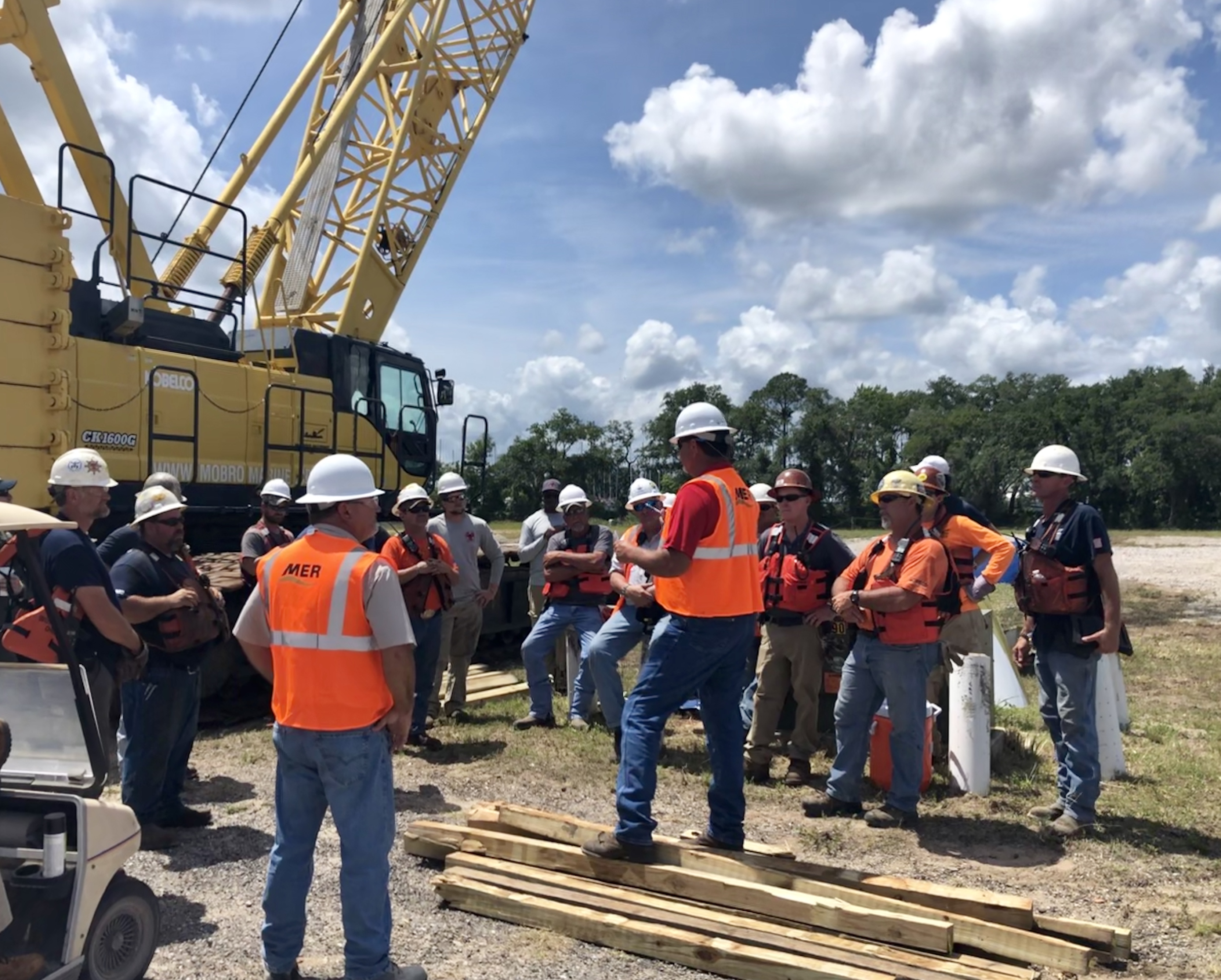With Hurricane Season Upon Us, Here Are Some Disaster Preparedness Tips
Moran has offices all across the country, and each region faces different types of disasters we need to prepare for. Whether it is a wildfire, tornado, flood, blizzard, or hurricane, having a plan and knowing what information and resources are available to help you will make a difference.
Moran is a unique company where responding to disasters is part of our business. We are prepared to respond to our clients, and we need to be prepared to protect ourselves and our families. Two of the most helpful tools we can have ready are a Communications Plan and an Emergency Kit.
- Depending on your location and family situation, your communication plan may differ. However, they will still have similar components.
- Moran's communication plan to its employees. Moran provides information through several different outlets
- Employee Emergency Link on all company websites: Employee Emergency Link
- Social Media
- Your specific plan
A great tool to help you be prepared is a Family Emergency Communication Plan. This [link/resource] will guide you through creating a plan and help you determine what is essential and relevant to your specific situation.
Given the nature of our work and the potential for employees to be out of town, having a plan like this in place ensures that everyone in the family stays informed and connected in an emergency.
Staying prepared and having an Emergency Kit can save lives. It may sound extreme to say that an emergency kit can mean the difference between life and death, but in a real disaster, it can. Having access to a well-stocked kit is a critical part of responding effectively, minimizing risks, and even surviving. Whether at home, in your car, or at the office, keeping proper supplies on hand gives you peace of mind, knowing you’re prepared to face the unexpected.
What Is an Emergency Kit?
A good emergency kit includes key items that may prove helpful or even lifesaving in the event of an emergency. From sustenance when food sources are depleted to medical supplies to dress wounds, a well-stocked kit can keep you safe until help arrives.
Keeping basic supplies on hand in case of an emergency might seem like common sense, but for many Americans, preparedness isn’t even on the radar. A staggering 60% of U.S. adults have no disaster plan in place, and more than half don’t have a three-day supply of non-perishable food and water.
Building an Emergency Kit
So, if an emergency kit is so important, what goes into it?
In general, consider including in your emergency kit five different categories of materials: life essentials, medical supplies, food, tools, and documents.
- Essentials – Whether a windstorm takes out power to your home or a hurricane brings floodwaters, an emergency kit should always have the basics you need to survive. This includes clean water for at least three days, non-perishable food items that do not require cooking, drinking water tablets, warm clothing, and emergency blankets.
- Medical Supplies – Your emergency kit should be adequately stocked with basic medical supplies, including a first-aid kit, prescription medications, eyeglasses or contacts, bleach, and hygiene supplies (such as shampoo and deodorant).
- Disinfectants, sanitizers, face coverings – the CDC has recommended that people include additional items in their kits to help prevent the spread of bacteria and viruses. For everyone of all ages, have the appropriate amount of soap, hand sanitizer, and cloth face coverings.
- Tools – Should you be left to fend for yourself, you'll want a kit prepped with as many tools as possible, such as a standard tool kit, flashlights, batteries, candles, matches or lighters, clock or watch, multifunctional knives, a battery-powered radio, trash bags, heavy gloves, a spare disposable cell phone, and duct tape.
- Documents – You never know when you may have to prove your identity. In your emergency kit, include copies of birth certificates or passports, essential phone numbers, money, copies of insurance policies, and a map of your area.
Emergency Kit Storage
An emergency kit at home won't do you much good while you're at work, and your work kit probably can't help if you're stranded in your car. In order to keep yourself covered, make sure you have access to emergency supplies no matter where you are.
- Home
To stay protected, it's important to ensure kits are always within reach, like in a first-floor closet. Don't hide essentials in the attic or down in the basement; these areas may not be in reach if disaster strikes. If possible, keep an abbreviated version of your kit on each level of your home to be sure amenities are always seconds away.
- Car
You may not have space for a full emergency kit in your car, but keeping a few essentials on hand—in the trunk or backseat—can offer real peace of mind. Focus on a small supply of food and water, a basic first aid kit, tools for minor car repairs, road flares, and a copy of your insurance information. It’s also a good idea to check whether your auto insurance includes emergency roadside assistance.
- Office
Accidents can happen anywhere. A disaster might leave you stranded without resources in the office. Keep a small kit at your desk with water bottles, non-perishable snacks, a first aid kit, money, batteries, a flashlight, gloves, and an emergency blanket. Consider any other items that may be specific to your place of business.
It is never too early to prepare for a disaster. Take advantage of the time you have with your family and make this part of your weekly discussions. The better the plan and if it is reinforced frequently, the better prepared you will be.
![]() Comments
(0 comments)
Comments
(0 comments)

